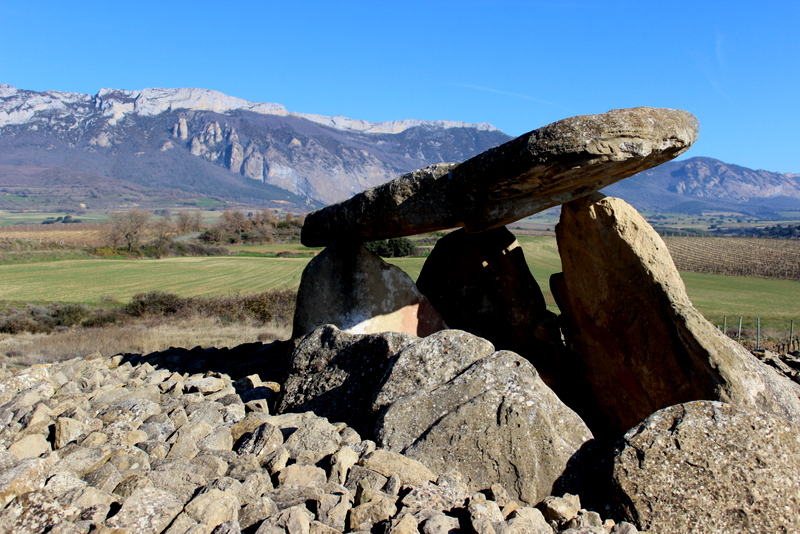

I've been enjoying a book lately. In a very short time I have read it twice; the first with pure delight and the second with a pencil in my hand. Hoces de piedra, martillos de bronce, by the Spanish archaeologist Rodrigo Villalobos, aims to explore prehistoric society to answer the same questions that Friedrich Engels once asked himself. Was there a class struggle in prehistory? When did social inequalities and private property arise? Has there ever been an “original communism”? When did the difference between men and women begin?
The conclusion is unclear and simplifications must be avoided. Prehistoric societies were neither the peaceful garden of Eden nor the chaos of savage and ignorant men; neither Rousseau’s “noble savage” nor Hobbes’s “man to man wolf.” Pre-State societies were quite complex and could find a variety of models in different times and latitudes; egalitarian or stratified, patriarchal or without gender discrimination, peaceful or warrior.
It is customary to think that the development of these pre-state societies took place in a teleological way; that is, they went from the simplest to the most complex, from the extensive to the intensive economy, and consequently from the egalitarian to the more gradual. But egalitarian societies are not always the point of departure, and staggered societies are not necessarily the point of arrival, as they are said to have also found Metal Age sites with egalitarian signs. In general, the researchers concluded that egalitarian societies had cultural mechanisms to prevent the accumulation of wealth more than necessary, which hindered the creation of social graduations: for example, rumours against arrogance or ambition, opinions against meritocracy or ritual banquets and gifts aimed at redistributing the surplus of production.
In the book, the author also explains that the creation of the state is almost always associated with the creation of an aristocratic elite and private property. In different prehistoric cultures, it has been shown that as the economy intensified and economic profit increased, two classes emerged: the majority who did the physical work and the aristocratic minority who did not work. This aristocracy seemed to begin to take profit by means of taxes, and used these acquired resources to mark and maintain its status. For example, they financed luxury clothing or ornaments, rituals and collective beliefs that justified social order (such as temples, offerings to the gods, burials), and specialized armed forces charged with receiving tribute and oppressing resistance. This is how the State was born, for the benefit of this aristocracy. Similarly, studies indicate that the greater the social staggering, the greater the gender inequality was in most cases; although this correlation is not always automatic.
Villalobos’ book tries to prove through material clues and ethnography that it is possible to demonstrate how the differences between the State or between men and women arose and how the whole process of reaching these conclusions has been. For this reason, it is an excellent synthesis of the archaeological and historical method, which explains the scientific debates in a very easy-to-understand way, something that is not common among scholars.